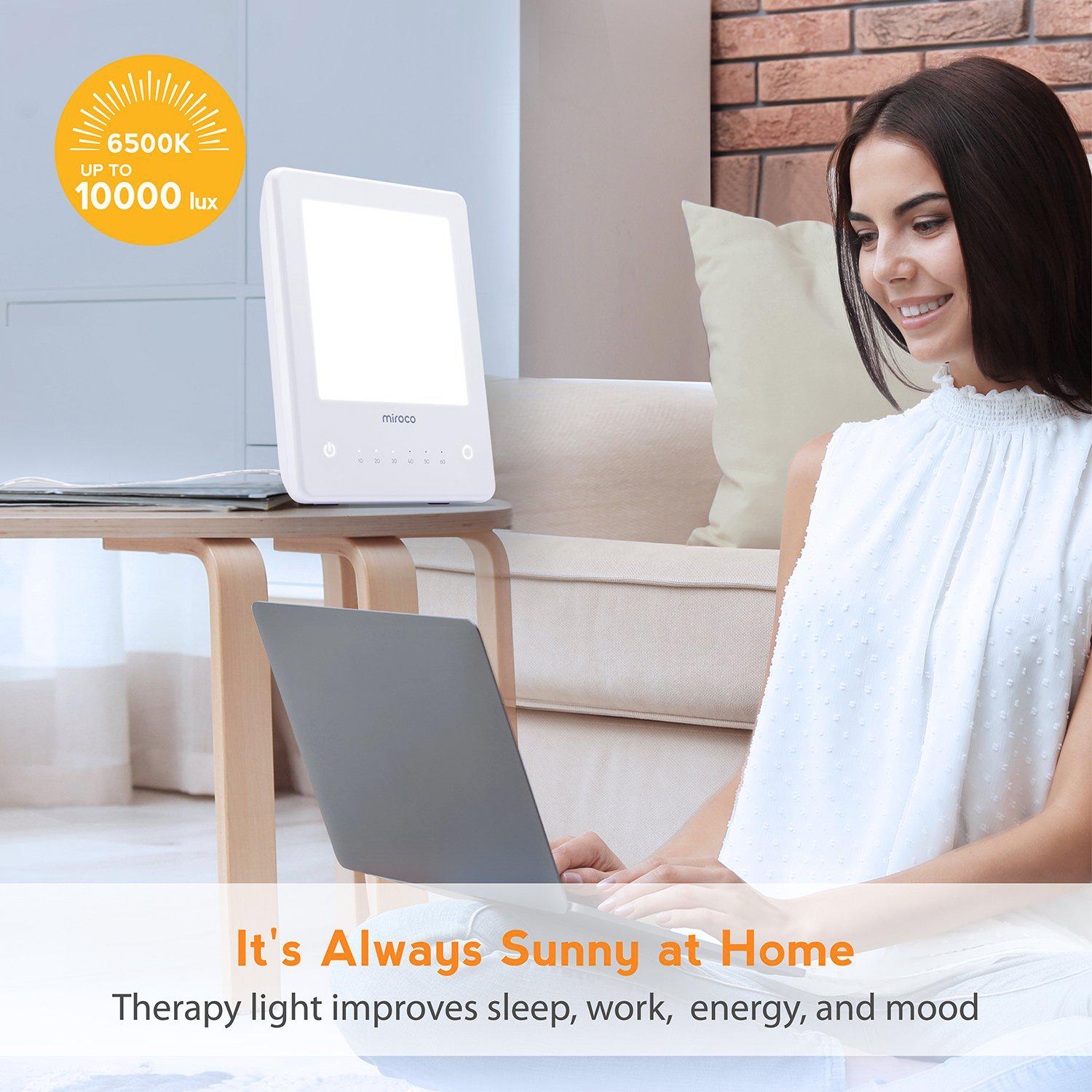Photobiomodulation Therapy: A Beacon of Expect Persistent Conditions
Wiki Article
Taking Advantage Of the Power of Light: Photobiomodulation as an Alternate Treatment
Are you tired of typical treatments that include undesirable negative effects? Look no more! Presenting photobiomodulation, an advanced choice therapy that harnesses the power of light to advertise healing and wellness. This cutting edge method makes use of particular wavelengths of light to boost cellular processes, causing a cascade of valuable effects in your body. From minimizing swelling to enhancing tissue repair service, photobiomodulation is swiftly gaining recognition as a effective and risk-free therapy alternative for a variety of clinical and visual conditions. Whether you're seeking remedy for chronic discomfort, increasing wound healing, or improving the appearance of your skin, photobiomodulation uses a non-invasive and drug-free service. Sign up with the light treatment revolution and uncover the transformative potential of photobiomodulation today!Recognizing Photobiomodulation
To much better recognize photobiomodulation, you need to initially understand the basic principles behind this innovative treatment. Photobiomodulation, additionally recognized as low-level laser therapy or cold laser therapy, involves making use of certain wavelengths of light to promote cellular feature and advertise healing in the body. This therapy functions by using the power of light to boost the natural processes of cells repair service and regeneration.The basic concept behind photobiomodulation lies in the ability of light energy to pass through the skin and engage with cells. When certain wavelengths of light are soaked up by cells, it causes a collection of biochemical reactions that lead to various healing impacts. These impacts include raised manufacturing of adenosine triphosphate (ATP), the power currency of cells, along with improved blood circulation and oxygenation to the treated location.

Mechanisms of Activity
To understand the systems of action behind photobiomodulation, you must look into exactly how specific wavelengths of light interact with cells in the body. Photobiomodulation works by stimulating mobile task through the absorption of light by chromophores, which are light-sensitive particles located within cells. These chromophores, such as cytochrome c oxidase in the mitochondria, are responsible for converting light energy into biochemical signals that can affect mobile function.
Moreover, photobiomodulation has been shown to raise blood circulation and the launch of nitric oxide, a molecule associated with vasodilation. This improved circulation can boost the distribution of oxygen and nutrients to the cells, promoting tissue fixing and regrowth.
On top of that, photobiomodulation has been found to regulate different cellular signaling paths, consisting of those associated with inflammation and oxidative stress and anxiety. By lowering inflammation and oxidative tension, it can help alleviate discomfort and promote tissue recovery.
Medical Applications
You can check out the clinical applications of photobiomodulation, which encompass a variety of conditions and therapeutic treatments. This innovative treatment has revealed appealing lead to different medical areas. One notable application is in discomfort management, where photobiomodulation has actually been utilized to reduce both intense and chronic discomfort. It has been specifically efficient in lowering pain connected with musculoskeletal problems, such as arthritis and fibromyalgia. In addition, photobiomodulation has been made use of in the field of dermatology for wound healing and skin restoration. Research studies have shown that it can boost the production of collagen and elastin, bring about enhanced skin appearance and decreased indicators of aging. Another interesting clinical application of photobiomodulation is in the treatment of neurological problems, consisting of terrible mind injuries and stroke. By stimulating mobile repair service and promoting neuroplasticity, photobiomodulation has revealed possible in improving neurological function and cognitive capabilities. In addition, this therapy has actually been discovered in dentistry for different oral conditions, such as gum condition and temporomandibular joint disorder. Photobiomodulation can minimize swelling, advertise cells regrowth, and reduce pain in these oral conditions. As research study remains to reveal the advantages and devices of photobiomodulation, its clinical applications are most likely to expand, offering new possibilities for alternate treatment.Visual Applications
Discover the transformative possibility of photobiomodulation in improving aesthetic appearance and rejuvenating the skin. Photobiomodulation, also recognized as low-level light treatment (LLLT), has actually acquired popularity in the area of visual appeals due to its non-invasive nature and ability to target details skin concerns. pbm therapy. By using different wavelengths of light, photobiomodulation can stimulate mobile activity, increase collagen manufacturing, promote circulation, and lower inflammation, ultimately leading to boosted complexion, texture, and total lookOne of the main visual applications of photobiomodulation is in the therapy of acne. By utilizing blue light therapy, which targets the bacteria responsible for triggering acne, photobiomodulation can properly reduce outbreaks and inflammation. This non-invasive approach uses a gentle and secure alternative to typical acne treatments, such as oral medications or topical lotions.
In addition, photobiomodulation has been revealed to be effective in lowering the appearance of great lines and wrinkles. By promoting collagen manufacturing and improving skin elasticity, traffic signal therapy can assist minimize the indications of aging and advertise a much more vibrant complexion. This all-natural and non-invasive method is specifically interesting those who wish to prevent more invasive procedures, such as injections or surgical therapies.
Future Directions and Possible Limitations
Looking in advance, the future of photobiomodulation holds possible obstacles and amazing possibilities. One potential future instructions is the growth of wearable devices that can deliver targeted photobiomodulation treatment.One more appealing direction is the combination of photobiomodulation with various other restorative methods, such as pharmacological representatives or regenerative medication. Ongoing research aims to determine ideal specifications for photobiomodulation, such as the ideal wavelength, dose, and treatment duration.
One obstacle is the requirement for additional research study to fully illuminate the hidden mechanisms of photobiomodulation. Furthermore, the high expense and restricted accessibility of customized devices might prevent widespread adoption of this therapy (photobiomodulation).
Final Thought
Finally, photobiomodulation has actually arised as an encouraging alternative treatment with its capability to harness the power of light. Its mechanisms of action are being far better understood, and it reveals potential in different medical and aesthetic applications. As research study continues to explore its full photobiomodulation possibility, it is essential to deal with any type of prospective restrictions and think about future instructions for this ingenious therapy.Introducing photobiomodulation, an advanced option treatment that harnesses the power of light to promote healing and wellness. Join the light treatment change and discover the transformative possibility of photobiomodulation today!
Photobiomodulation, likewise recognized as low-level laser treatment or cold laser therapy, includes the usage of specific wavelengths of light to promote mobile feature and promote recovery in the body. Photobiomodulation, likewise recognized as low-level light therapy (LLLT), has gained popularity in the field of appearances due to its non-invasive nature and ability to target certain skin problems.In final thought, photobiomodulation has actually emerged as an encouraging choice therapy with its capacity to harness the power of light.
Report this wiki page